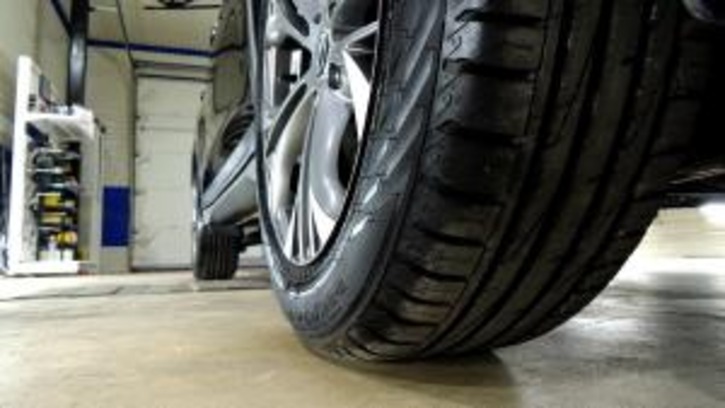The United Nations Economic Commission for Europe (UNECE) is set to introduce a methodology to measure particle emissions from tires, following a similar approach adopted for braking systems last year. Tires are composed of natural and synthetic rubber, along with plastic polymers and other chemicals, which can contribute to non-exhaust emissions.
Tire abrasion due to friction with the road surface, such as when vehicles turn, accelerate or brake, releasing small particles into the air and onto roadsides and the surrounding environment.
The Working Party on Noise and Tyres, with support from the Working Party on Pollution and Energy, has approved two methods to measure tire abrasion under UN Regulation No. 117: testing on open roads in vehicle convoys driving 8,000km, and laboratory testing on an abrasing rolling drum over 5,000km.
Tire weight loss due to abrasion will be measured in milligrams per kilometer per ton of load on the tire. These methods will be applied in a market assessment exercise to collect abrasion data from various tire sizes, patterns and brands, determining abrasion limits to be incorporated into UN Regulation No. 117 by September 2025 for passenger car tires (C1 tires).
Once the revised regulation is in force, tire manufacturers will have to ensure that all tires sold meet these limits. Manufacturers exceeding the limits will need to adjust their material composition or manufacturing processes. The proposal, led by France and the European Commission, will serve as the reference methodology for the European Union’s Euro 7 proposal.
The methodology is expected to expand to cover heavier vehicles with C2 and C3 tires during 2026 and 2027, contributing to a significant reduction in microplastic pollution.
For more TRWP news, please click here.



